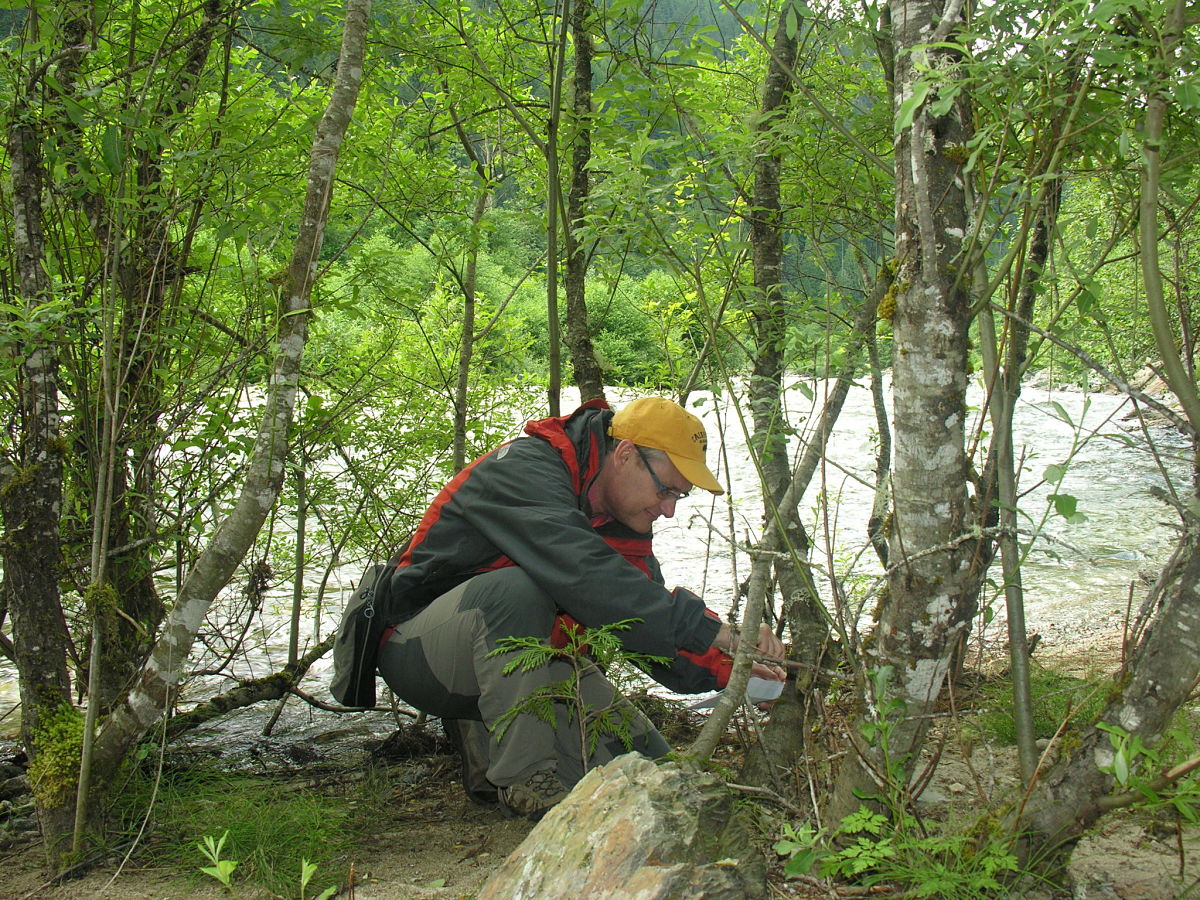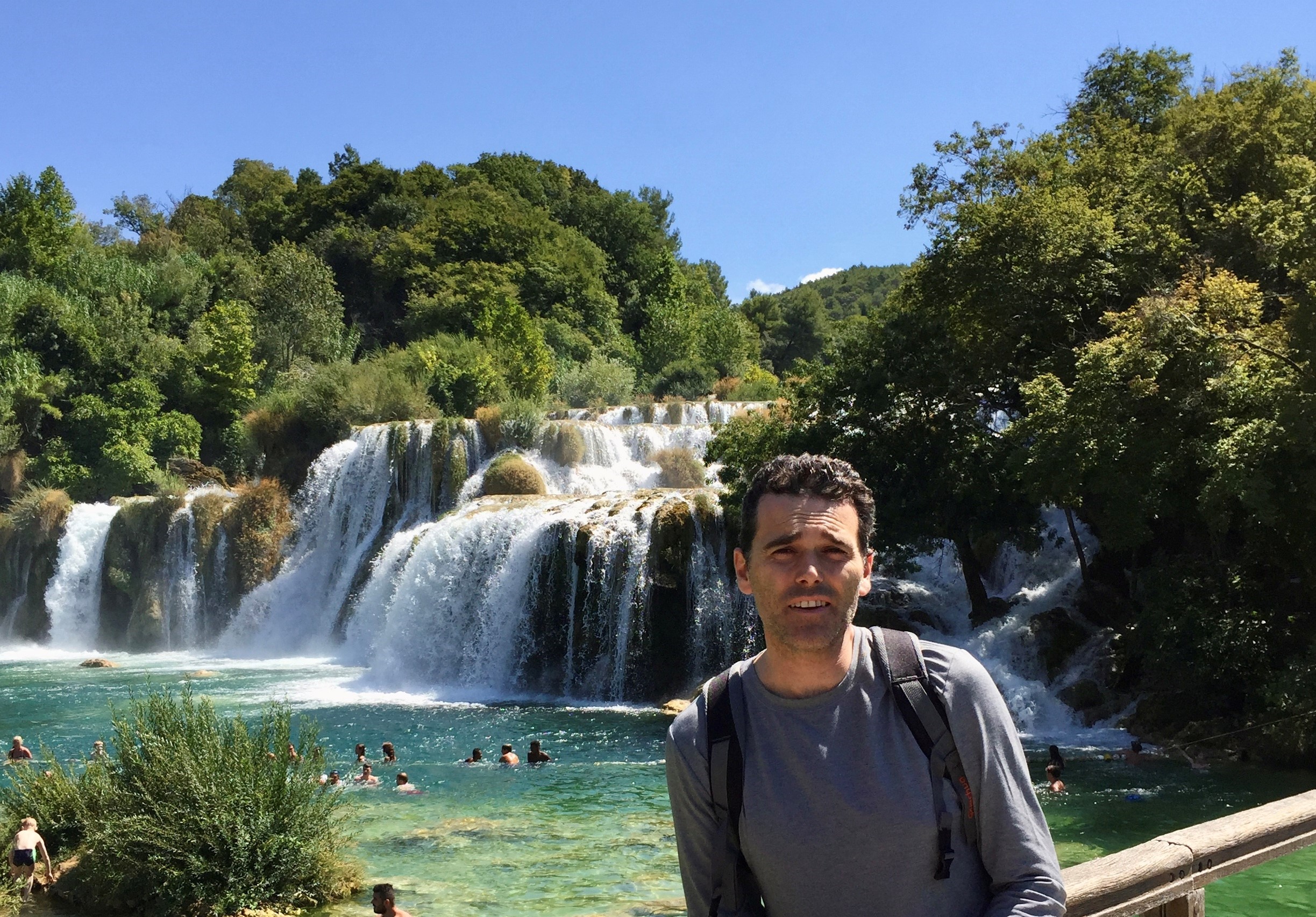Botanist of the month: Ana Juan
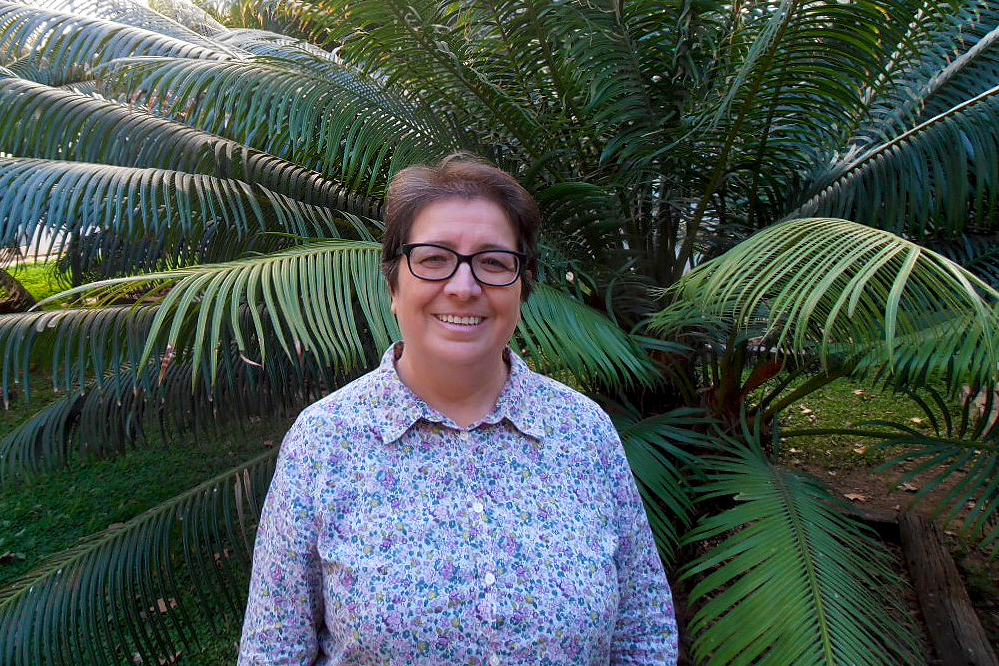
From a very early age it was obvious to her that she wanted to live surrounded by nature. She liked to go out into the countryside and above all to know the name of every plant and tree. This passion led her to study and dedicate her life to botany. Professor and researcher at the University of Alicante, Ana Juan is our botanist of the month. Would you like to meet her?
Why did you decide to study Botany?
During my childhood, I lived every summer in a small country house full of olive trees and I remember with special enthusiasm every time I went hiking with my brother Isidro to the mountain in front of the house. I imagine that this initial contact with nature and going camping in different mountain ranges of the Iberian Peninsula with my family helped me to know that I wanted to study Biology. I was interested in what I saw in the mountains and any natural environment I visited. My final choice for Botany came in the second year of my degree, when professor Manuel B. Crespo passed on his passion for plants to me, especially in the identification practices. This made me decide to take up this science which has become, as time has gone by, both my hobby and my job. I still remember how, as soon as I finished the practical visu exam of the Botany course, I decided to talk to him to collaborate and thus be able to delve even deeper into this exciting world of plants.
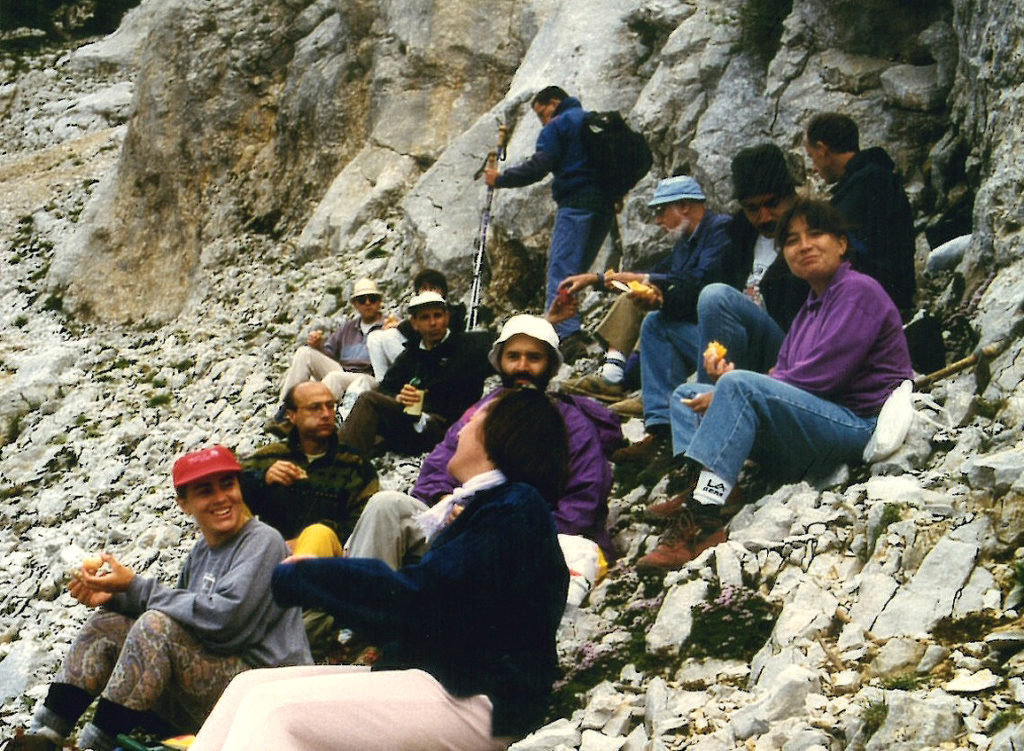
Could you summarise your professional career?
I studied Biology during the years 1989-1993, being part of the first promotion of this degree at the University of Alicante. In the third year of my degree, I decided, together with my professor Manuel B. Crespo, the subject of my degree thesis, which was about the flora and vegetation of the Cid mountain range located in Petrer (Alicante). In 2002 I defended my PhD on different morphological, molecular and reproductive aspects of the species Medicago citrina, with the aim of laying the foundations for its conservation. My work as a teacher began in 1998, as an associate professor, becoming a doctoral candidate in 2007 and, finally, I was able to obtain the position of full professor of Botany at the University of Alicante in 2012.
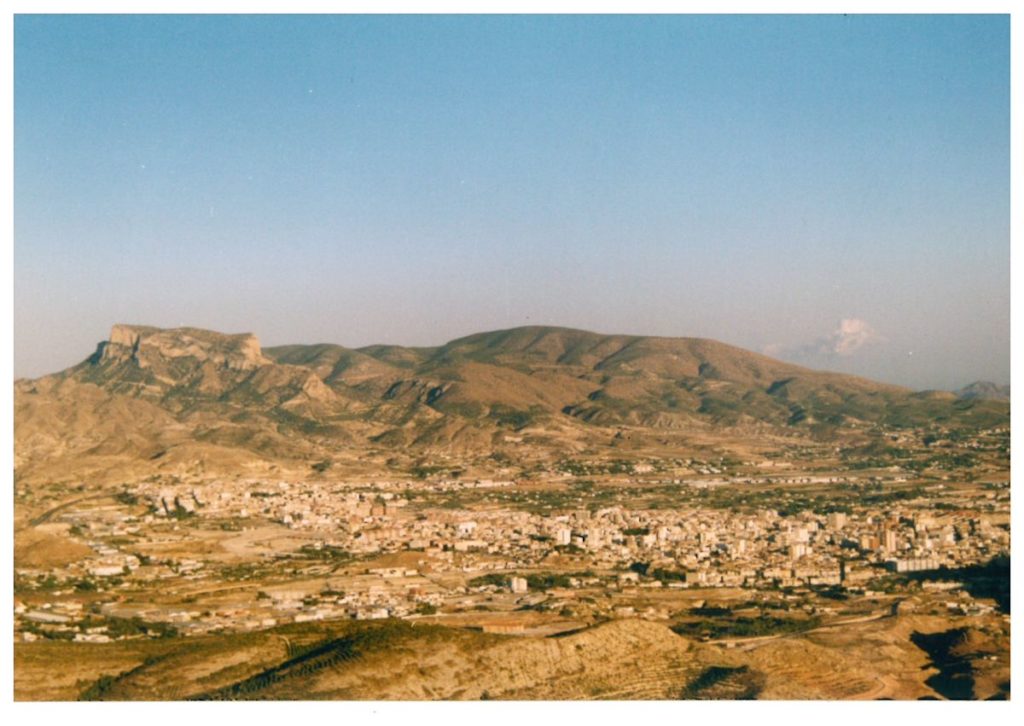
I began my research career with traditional studies of flora and vegetation, which has allowed me to obtain a basic knowledge of the main taxonomic groups of the Mediterranean flora. As a result of my PhD, my range of research tasks increased as I was able to enter two very different worlds, molecular biology and reproductive biology, aspects that I have combined since then in my research work. In fact, molecular biology and the application of its different techniques has been one of the pillars of my research, which has led me to direct several doctoral theses, which have dealt with aspects related to the phylogeny of genera such as Ornithogalum, Daucus, Sarcocornia and Tamarix, or studies on the population genetic variability of Mediterranean (Helianthemum caput-felis, Tamarix) or tropical (Vriesea incurvata) plants. In addition, I would like to highlight my interest in the use of genetic tools in the conservation of endemic species, nowadays practically essential, as this type of data can be crucial for the correct management of these species in their natural environment or outside it. However, more needs to be learned. Studying some of these plant groups or environments from other points of view has been a new challenge in my research life, with the direction of more ecological works, where the functional structure of the vegetation of saline environments has been analysed.
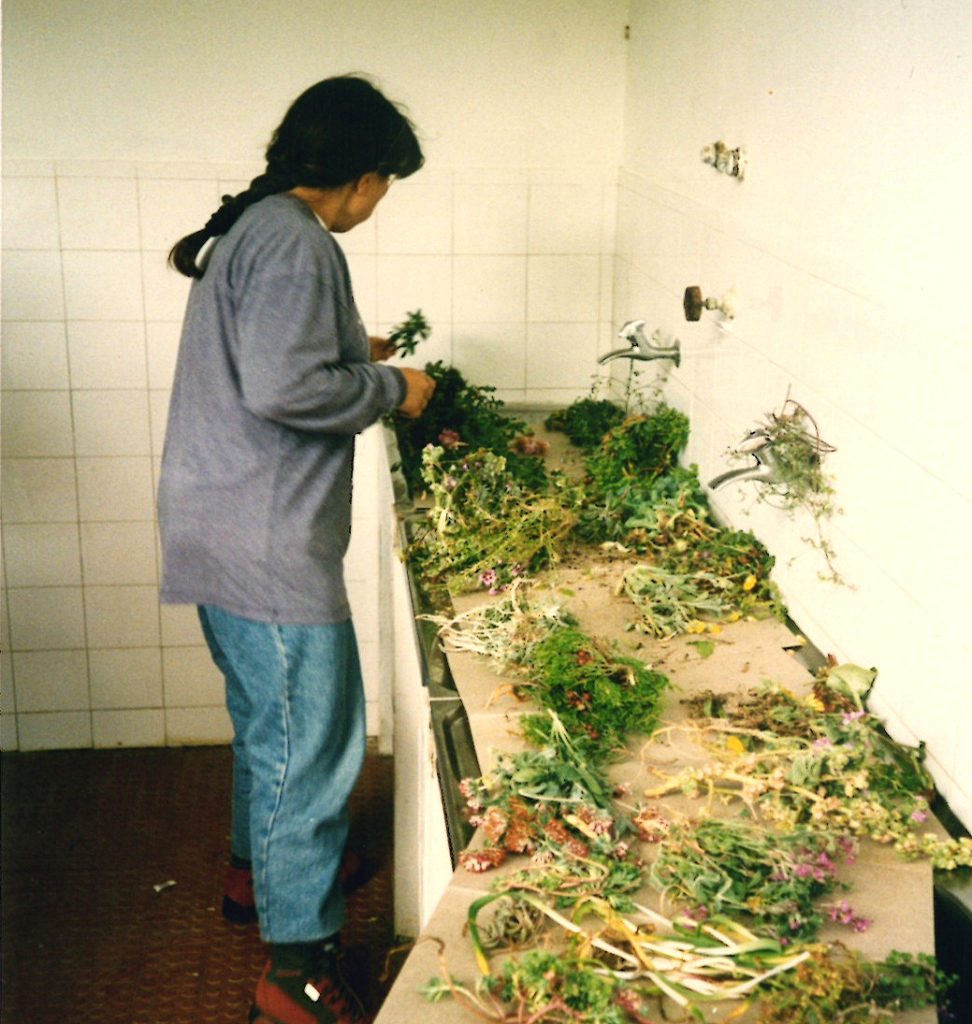
All these research tasks are always combined with visits to different national and international herbariums and field trips to collect and recognise plants in their habitats, because being connected with the natural environment continues to be one of my favourite tasks. The truth is that as a result of the different projects in which I have participated, I have had the enormous luck of being able to carry out field campaigns not only in the Iberian Peninsula, but also in different countries of the Mediterranean basin as well as in much more distant territories, such as Australia, South Africa and Mexico.
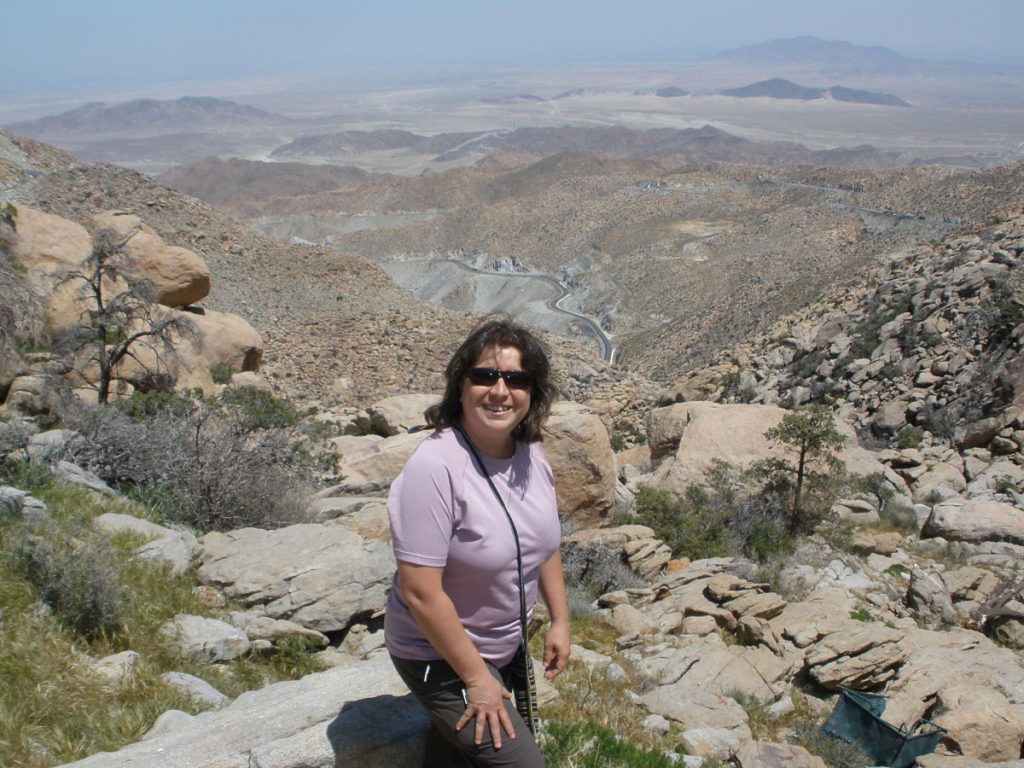
What does your work consist of?
My day-to-day life is not as exciting as you might imagine, as paperwork is more and more present every day. As a teacher, I prepare the class to be taught, I review the images to be projected, updating them as new information appears. I believe that being up to date both in teaching methodologies and in the contents of the subjects to be taught is an essential task for any teacher, and this involves dedicating time to attending courses and reading new publications that can provide interesting data on the subject being taught. Likewise, organising the design of new subjects is also part of our work, as is currently happening in relation to the implementation of the new Master’s Degree in Biodiversity Conservation and Restoration of the Marine and Terrestrial Environment at the University of Alicante, which will begin to be taught in the 2020-21 academic year. Research tasks, within the Botany and Plant Conservation research group of the University of Alicante, also have their place in my daily life, where the direction of a PhD on the population genetics of tamarinds in the Western Mediterranean currently occupies most of my time.
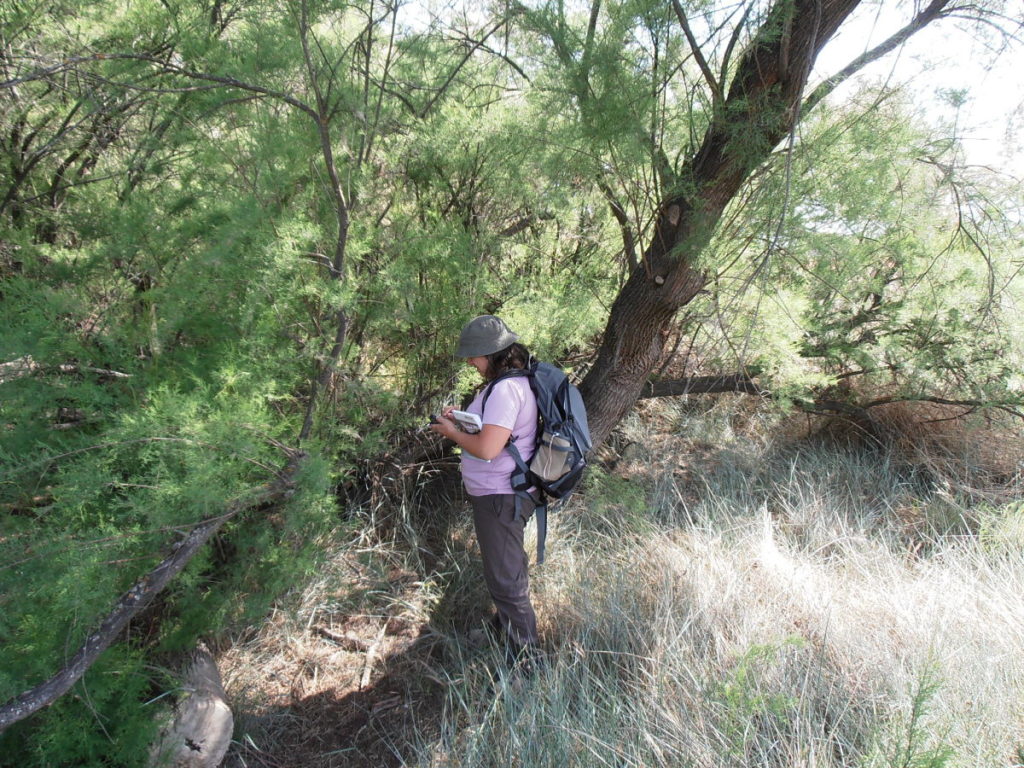
Do you remember any project in particular?
Shortly after finishing my degree, I was lucky enough to take part in the national “Habitat” project, where I was able to go on numerous field trips both in the Valencian Community and in other parts of the Iberian Peninsula. Thanks to this, and together with Manuel B. Crespo, I was able to recognise flora from different natural environments (dunes, salt marshes, scrubland, forests, crags, etc.), as well as learning to distinguish the different types of vegetation of which they formed part. Remember that we went out to the countryside all year round, which forced you to learn to re-know any plant at any time of the year. It was an intense and very rewarding apprenticeship and one that I would, of course, recommend to anyone wishing to pursue a career in botany. I would also like to highlight my collaboration in another project called Biodiversity and conservation in the islands of the Communities of Valencia and Murcia, as it was thanks to this study that the activities to be carried out in my PhD began to be defined.
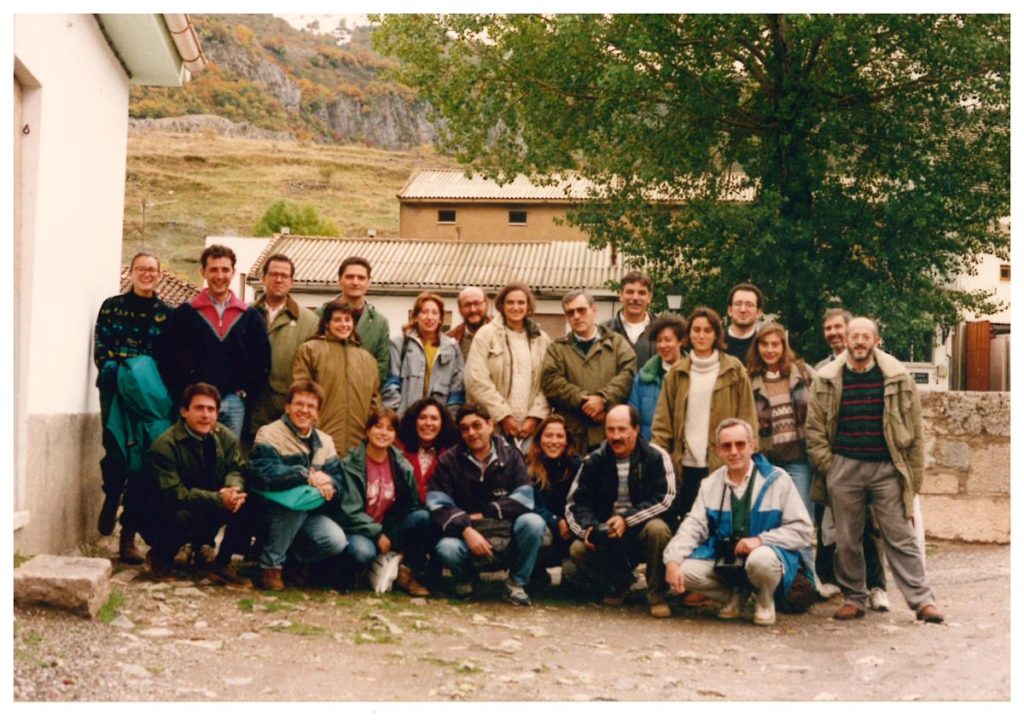
Tell us about the project you are working on at the moment.
I am working on the analysis of the population genetics of tamarigars in the Western Mediterranean, as part of a PhD I am directing. In addition, I am collaborating with Celeste Pérez Bañón, a specialist in pollination and syrphids at the University of Alicante, in the study of the reproductive biology and pollination of avocado cultivation in the north of Alicante.

How do you think your work has changed over the years?
From the initial floristic studies in 1995 to the regular use of molecular tools, the way of approaching the study of plants has changed enormously. This has led to a constant adaptation and learning process that has enabled me to carry out different laboratory techniques such as Sanger DNA sequencing and fragment analysis (e.g. AFLP, microsatellites), and their subsequent analysis, in order to be able to address the questions that arise when undertaking a particular study. I started this apprenticeship in 1999 in the laboratories of the Royal Botanical Gardens, Kew (UK). Thanks to this, and after several visits to this centre, I was able to set up the molecular biology laboratory used in our Botany and Plant Conservation research group. In recent years, new plant genomics techniques have appeared that allow us to obtain an enormous amount of data and even the possibility of sequencing the genome of plant species. The way they are analysed is totally different, because we are entering the world of bioinformatics. This is the new challenge at hand: to understand, learn and apply these new techniques in future research work.
As a teacher you have seen several generations of students pass through. What is important to you as a teacher?
Let’s be honest, and although the classes can sometimes be a bit tedious because we have to teach a specific subject, we have to let them know that we are surrounded by plants, that they appear everywhere, from our kitchen, to our clothes, to books, paintings and films. Whenever I have the opportunity, I always use examples in my classes that are close to them, so that they can see that what they learn in class is sometimes closer to them than they think. In addition to the regular classes within the Bachelor’s Degree in Biology, I have given theoretical and practical classes in university extension courses on Alicante flora at the University Headquarters in Biar, as well as at the Permanent University (UA), in this case for people over 50 years of age. As a teacher, I think it is important to transmit the incredible world of plants.
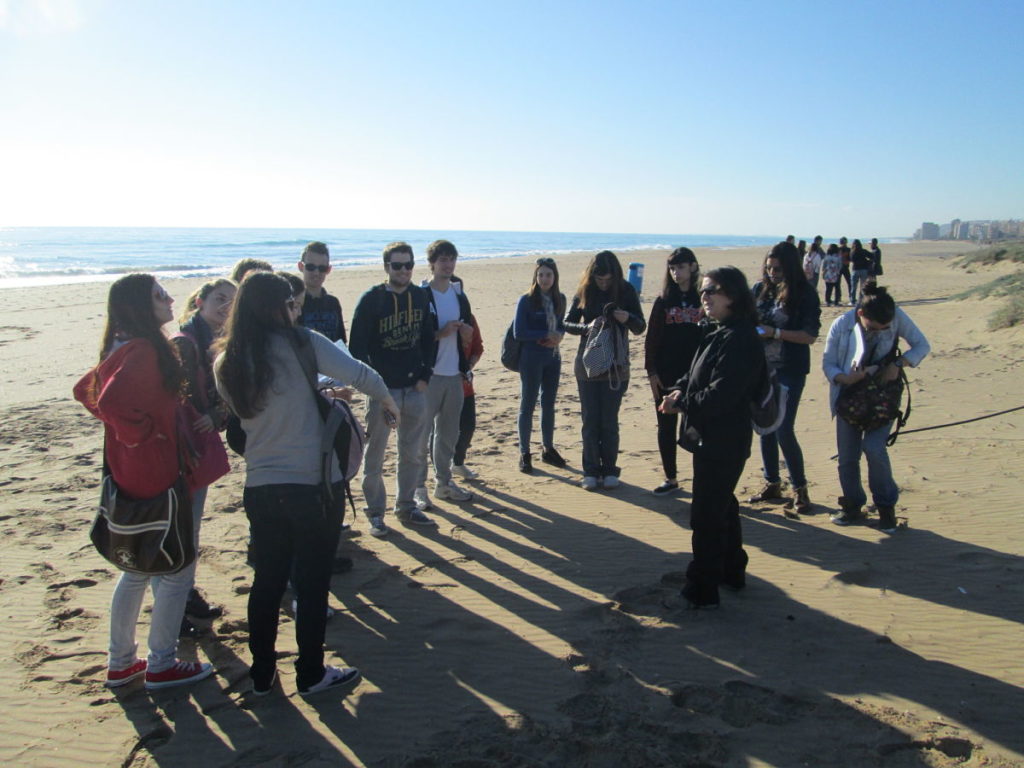
Have you met interesting people through your work?
The truth is that this job allows you to meet many interesting people, during conferences, field trips or visits to other research centres. All of them have brought something special to my life, both professionally and personally. Although it is difficult to select just one, I would like to highlight Professor Mark Chase, a researcher at the Royal Botanic Gardens, Kew (UK), a pioneer in the phylogenetic studies of angiosperms, and an active member of the international research group called APG (Angiosperm Phyloge-netic Group), which works on the position and phylogenetic arrangement of flowering plants.
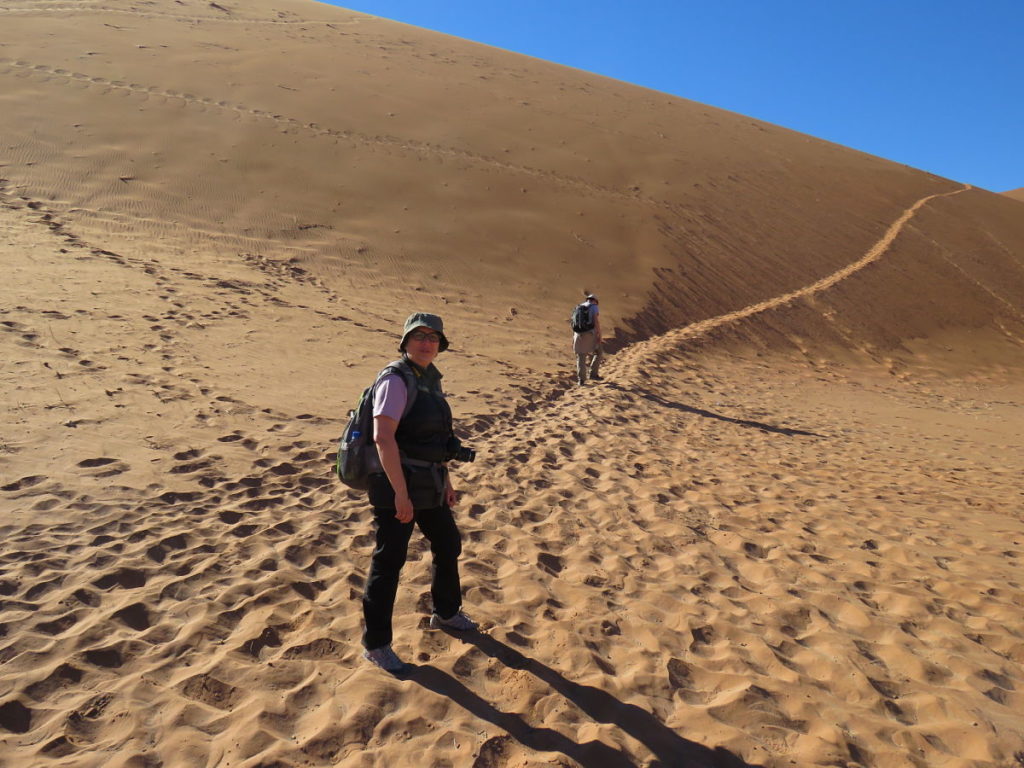
Do you think that your job allows you to learn about subjects not related to Botany?
I have been lucky enough to share many hours in the field in the Columbretes Islands with Celeste Pérez Bañón, during the completion of our PhDs. We both studied aspects of the reproductive biology and pollination of the species Medicago citrina, from a double perspective: botanical and entomological. Thanks to this I was able to learn many aspects about the biology of these insects and their role as pollinators.
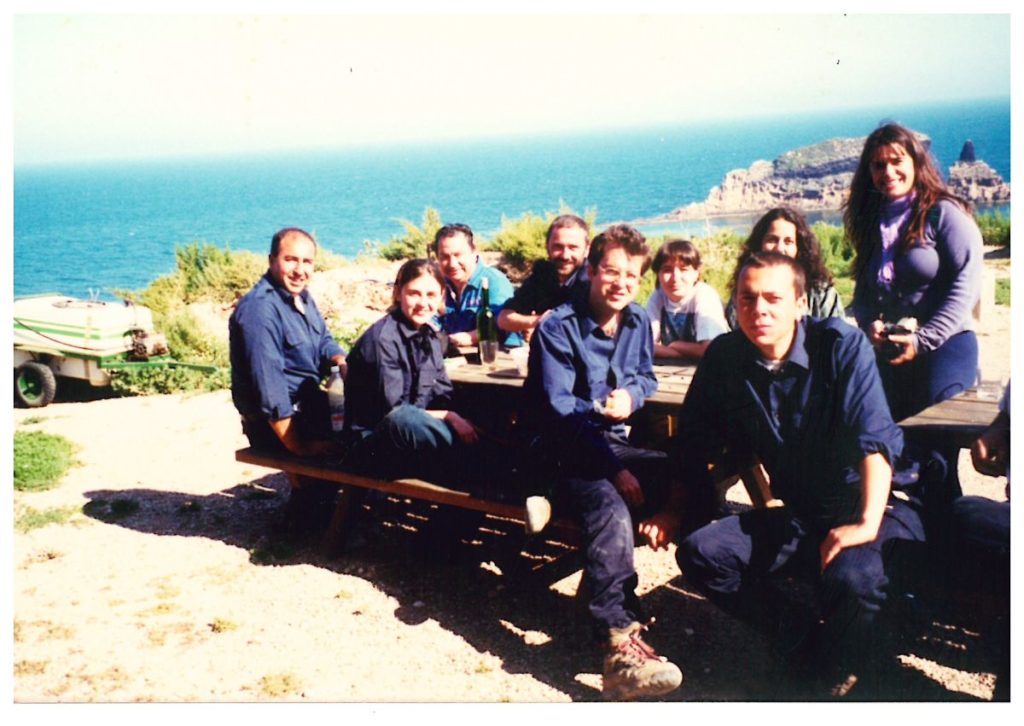
What is your relationship with the Jardí Botànic of the University of Valencia?
The Jardí Botànic of the University of Valencia is part of my botanical and personal life. I started visiting it for research purposes in the 1990s, long before the current restructuring. Since then, I have maintained this link, especially with Jaime Güemes, the current director of the Jardí Botànic, with whom I have even been able to share the teaching of the subject “Introduction to Conservation Biology” as part of the Doctorate Course of the University of Alicante entitled Biodiversity: Conservation and Management of species and their habitats. In addition, and for several years, we have taken students to visit its facilities as an example of a centre that brings together research, conservation and dissemination of plants. Recently, I have been invited to participate in the cycle of activities related to the celebration of the International Day of Girls and Women in Science, which has been a pleasure and an enriching experience that has brought me even closer to the Jardí Botànic.

How important is outreach?
I think it is very important and necessary, although it is sometimes neglected. Making our work as botanists and the importance of plants in our natural environment known is essential to make them visible. Whenever I have had the chance, I have done so, taking part in programmes organised by the University as part of university extension activities both for high school students (“Come and do practical work experience at the University”) and for the general public, and even taking part in popular science programmes on Canal 9 and RTVE (Spanish Radio and Television).
What does the future hold for Botany?
Like many other sciences, it is evolving and, moreover, thanks to the emergence of new ways of approaching its study, there will always be questions to be answered. There is a long way to go and, fortunately, there are many people willing to evolve and continue to talk about plants.
Which is the essential skill for your job?
There is not only one, you could say that you need several of them to move forward every day. I would highlight curiosity, perseverance, the desire to learn and observation.
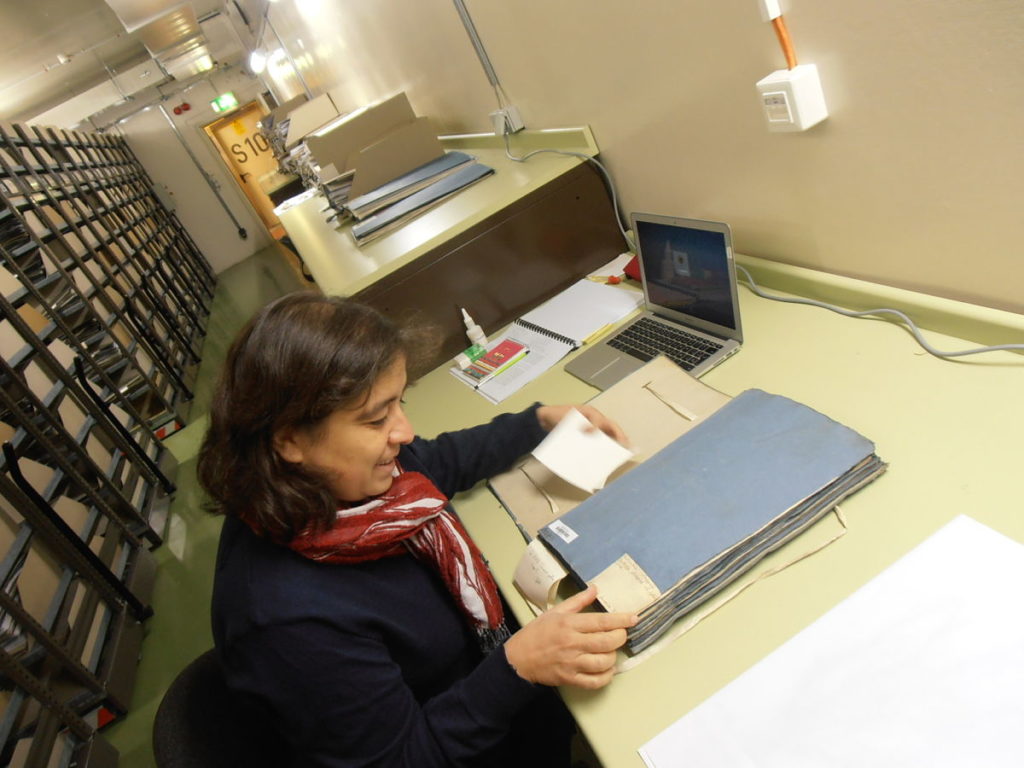
Do you consider yourself a disciple of any particular botanist?
I have had the good fortune to be a disciple of Manuel B. Crespo, who passed on his enthusiasm and devotion for the study of plants to me during my studies, and from whom I have learnt a lot over the years. I also consider myself a disciple of Michael F. Fay (Royal Botanic Gardens, Kew, UK), with whom, during my PhD, I was introduced to the molecular techniques to be used in phylogenetic, phylogeographic and population variability studies.
In all these years as a botanist, which is the most curious or the funniest situation, which can be told, you have found yourself in?
In 2010, I was lucky enough to visit Algeria for the first time, together with Montserrat Martínez Ortega and Julio Peñas, colleagues from the University of Salamanca and Granada, respectively. On one of the days of the field campaign, I had the most curious situation I have ever encountered. When we went to visit a mountain range to collect a population of the genus Veronica, we had to enter with military permission, as they had the whole mountain system under their control. To climb one of the mountain peaks, not only were we accompanied by an armed military convoy, which formed a circle around us for our safety while we were collecting plants, but they were also wearing anti-mine equipment and we could only walk in the areas marked out by the military. In addition, the military looked at us as if we were completely crazy, as we were constantly looking at the ground for a plant.
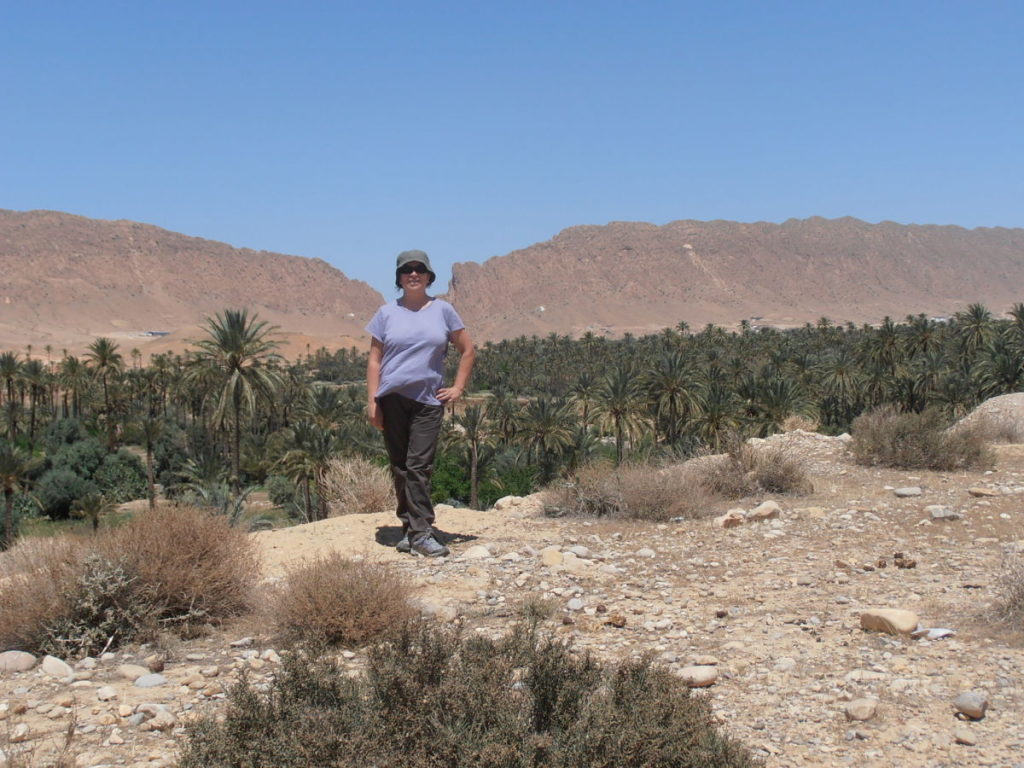
Imagine you have as much budget as you want. What would your work be like? What things would you improve?
If this was real and not only a dream, first of all, I would hire research staff and dedicate another part of this budget to both laboratory expenses and field campaigns. All of these facets are often quite limiting, and all of them are necessary to make steady progress in research. If, today, we do research with virtually no funding, imagine what a change it would be to have this budget.
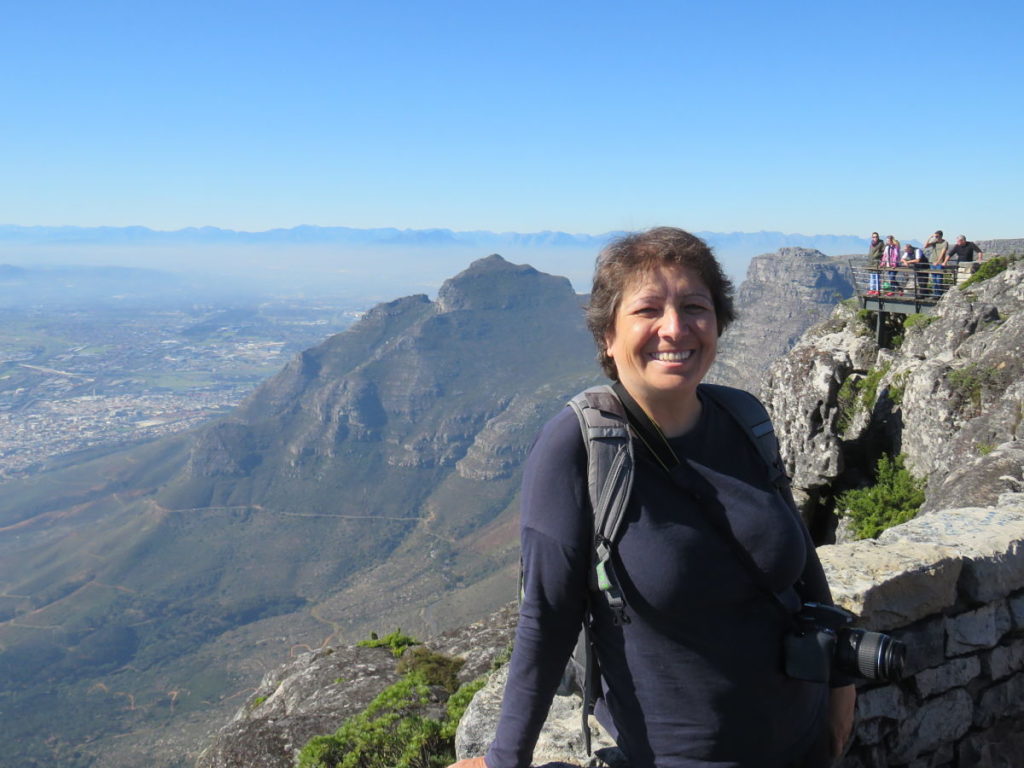
Are you allergic to any plants?
Yes, I am allergic to the pollen of several plants, such as olive trees, and also to the pollen of the Amaranthaceae family which, curiously, many of its species grow in most of the natural habitats where I have been working in recent years, such as saline ecosystems. When I told my allergist that I was a botanist, he tested me for allergy using all the plant samples he had, and I was no longer empty-armed.






